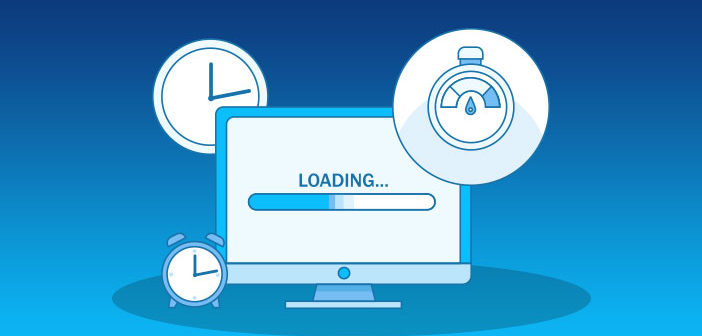We all know that website load times must be as fast as possible, but everyone has a second or two to spare, right? Online, a second or two might as well be a year. Web surfers don’t have the patience to give you those couple of extra seconds that it takes your site to load.

How Long is Too Long?
That depends on the person checking out your site. That said, page loading time had better be five seconds or less. If it takes more than that, you’ve lost 74% of your visitors already. The stats are sobering – just a single second delay in load time means you’ve lost about 11% of your views.
It all gives new meaning to the phrase, “Make every second count.” You can learn more about how exactly a slow low time impacts your web traffic in the infographic from Hosting Tribunal below.
Have a look and see exactly how much impact those extra few seconds have. For now, though, let’s look at ways that you can improve your website’s load time.
Improving Your Website’s Load Time
A website is essentially little more than a digital file. The more information contained in the file, the bigger the file is and the longer it will take to load. Photos, videos, and animations are the ‘gas guzzlers’ of the digital world.
A high-resolution photo or video that has not been web-optimized significantly impacts the size of your ‘file’. It’s a bit of a catch-22 situation. We know that visual media are better for capturing the attention of web surfers, but there is a danger that they could bloat our websites. How do we overcome this issue?
Start with the photos that you want to post. Make copies of all of the photos, and work with the copies. That way, if something goes wrong during the editing process, the originals will still be fine. Using a program like Photoshop, resize them so that they have smaller dimensions. Try cutting the size by at least half. This won’t impact the photo quality, and they will still display fine, but they will require less bandwidth to be displayed on the end user’s screen.
While you’re at it, check the quality of the image. Now, for many years all the advice out there has been to use high-quality images. Do we throw this advice out of the window? Not really, we just amend our idea of what is meant by a high-quality image.
If you save a photo at a medium quality level rather than a higher setting, it won’t make much difference to the viewer. You will, however, save a lot of megabytes by doing this and reduce the file size significantly. The same applies to the resolution that videos are saved at, but here you’ll need to play around a little to see what looks best. Take a look at all the visual elements of the site and make sure that the file sizes are reduced as much as possible. That will help you speed up a slow load time substantially.
To understand the real impact speed has on online presence, go through this insightful graphic


